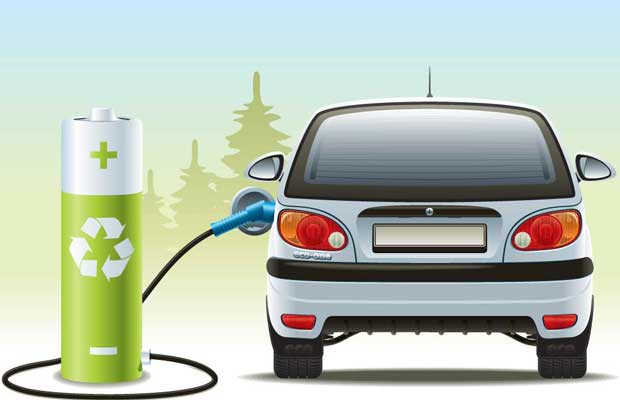BIS Introduces EV Charging Connector Standard
In a significant development for India’s electric vehicle (EV) ecosystem, the Bureau of Indian Standards (BIS) has recently approved a novel AC and DC combined charging connector standard for light electric vehicles (LEVs) like scooters, bikes, and rickshaws. This standard, named ISI7017 (Part 2 / Sec 7): 2023, marks a pioneering step in the EV industry, aiming to address issues of interoperability and range anxiety.
A Revolutionary Charging Standard
- The newly approved EV charging standard is notable for being the world’s first to integrate alternating current (AC) and direct current (DC) charging for LEVs.
- While combined AC and DC charging standards for electric four-wheelers are already in widespread use globally, this development is specifically tailored to the unique needs of smaller, two-wheeled EVs.
The Significance of Interoperability
- One of the primary advantages of a combined charging standard is its interoperability.
- This means that a single standard can be adopted by different EV manufacturers and charging infrastructure providers.
- This feature simplifies the charging process and ensures that various EV models can use the same charging stations.
The Need for a National Standard
- In India, there was previously no mandate for EV makers to adhere to a specific charging standard for connectors. Consequently, electric two-wheeler manufacturers like Ola Electric, Ather Energy, and Ultraviolette Automotive each employed their proprietary charging standards, similar to the historical divide between Apple’s lightning port and Android’s USB Type-C.
- For instance, Ola Electric’s Hyperchargers were designed exclusively for charging Ola Electric scooters, while Ather Energy’s open-source charging standard was used by its own scooters as well as by Hero Vida V1 e-scooters (with Hero MotoCorp holding a major stake in Ather). Ultraviolette’s e-scooters were only compatible with connectors using the international standard IEC 62196-6.
- Unlike the smartphone industry, where different charging connectors coexisted, the proliferation of charging standards for EVs created challenges for public charging infrastructure, contributing to range anxiety — the fear of running out of charge with no available charging point.
Global Perspectives on EV Charging Standards
- China: China, the world’s largest electric car market, has successfully addressed concerns about range anxiety by adopting a national standard for EV charging connectors known as GB/T, supported by an extensive network of charging stations.
- United States: While the U.S. lacks a national standard, some degree of standardization is emerging through collaboration between EV makers. For instance, Ford and General Motors are adopting the North American Charging Standard (NACS) developed by Tesla, allowing their EVs to access Tesla’s fast-charging network.
- Europe: In Europe, the Combined Charging System (CCS) is the dominant standard and a European Union requirement for EV charging networks. Tesla has integrated CCS in its public chargers, called Superchargers, accessible to both Tesla and other EV drivers.
- Japan: Japan’s primary charging standard is CHAdeMO, which is being phased out in North America but still utilized by specific EV models like the Nissan Leaf and Mitsubishi Outlander PHEV.
Month: Current Affairs - October, 2023
Category: India Nation & States Current Affairs








